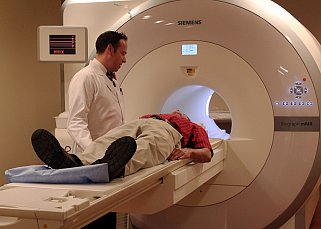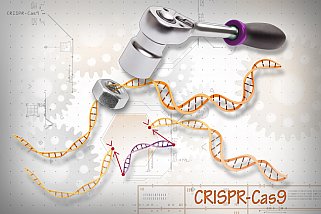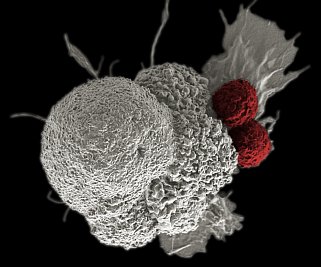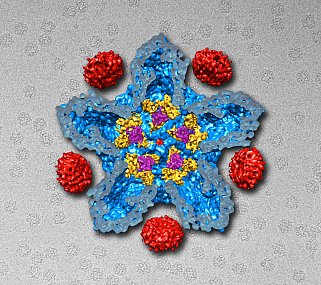You are here
Basic Research – Digital Media Kit
In this kit:
Basic Research Overview NIH’s Funding of Basic Research Basic Research and Breakthroughs Images Additional Resources
Overview
Basic science research helps us understand the principles, mechanisms and processes that underlie living organisms. Through basic research, scientists try to answer fundamental questions about how life works. For example, they may examine how cells talk to each other, how proteins fold or how gene activity is controlled. The knowledge gained from this work serves as the foundation for biomedical advances that help protect and improve human health.
It can be difficult to predict how a basic research study will lead to human health benefits. The line between discovery and medical application can be long and hard to trace. The fundamental knowledge gained through basic science often leads to unanticipated breakthroughs in how to predict, prevent, diagnose and treat disease. Research into specific disease targets, called translational or applied research, depends on a broad and diverse scientific research portfolio to create the foundation that makes further scientific discovery possible.
The return on investment from basic research over the long term is significant; most of the gains in reducing human suffering from illness and disease and extending life expectancy over the past century could not have happened without basic research.
NIH’s Funding of Basic Research
A large part of NIH’s mission and role in the biomedical enterprise is to support basic biomedical research. Funding for basic science research accounts for approximately 51% of the NIH budget.
A recent analysis of NIH funding showed that NIH contributed to published research associated with every one of the 210 new drugs approved by the Food and Drug Administration from 2010 to 2016; 90% of that research was basic, looking at the biological targets for drug action rather than the drugs themselves.
The National Institute of General Medical Sciences (NIGMS), part of the NIH, funds much of the nation’s basic biomedical research. However all NIH Institutes and Centers (ICs) support basic research relevant to the diseases, organ systems, stages of life or populations within their mission area.
A few examples of work at NIH ICs include:
- The National Cancer Institute supports a basic research program at their Center for Cancer Research which aims to deepen understanding of the biology of cancer in order create better therapies and aid in early detection.
- The National Institute on Mental Health conducts basic research on the brain in an effort to find causes and treatments for mental illness.
- The National Institute of Allergy and Infectious Diseases conducts and supports basic research to inform the design of new and improved vaccines, diagnostics and antiviral drugs.
Basic Research and Breakthroughs
Breakthrough medical discoveries, the kind that lead to treatments and cures, are the result of basic research done by many scientists over a long period of time.
Examples of breakthroughs:
- The rapidly emerging field of cancer immunotherapy was borne from decades of basic research into how the immune system functions at the molecular level.
- The widely used chemotherapy drug cisplatin was created after researchers studying the effects of electrical fields on bacteria noticed the bacteria weren’t dividing normally. The cause was traced to the presence of platinum chemicals from which the cisplatin treatment was developed.
- A study examining how microbes protect themselves led to the discovery of the revolutionary gene editing tool known as CRISPR, which holds great potential for treating many currently incurable diseases.
- Nuclear magnetic resonance (NMR) imaging was developed to help study physical, chemical, electrical and structural information about molecules. The same technique is now used for magnetic resonance imaging (MRI) in hospitals, allowing doctors to see tissues and organs inside the body and diagnose many conditions.
- The emergence of “cryo-EM,” a new form of electron microscopy, has dramatically sped up the time needed to visualize the details of biological structures. This revolution in structural biology is already transforming drug design.
Find more examples on the NIH Impact page.
Images
Additional Resources
This page last reviewed on June 2, 2022




